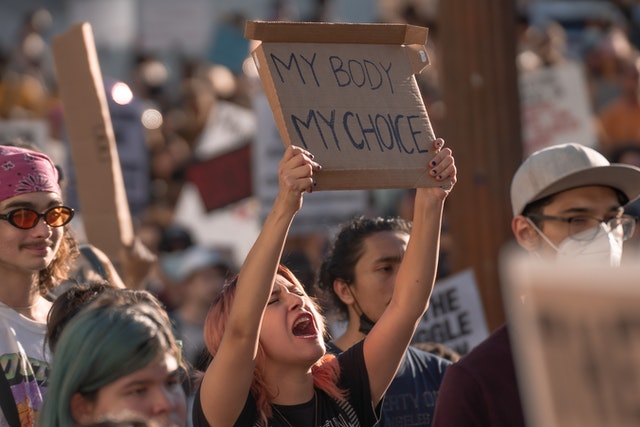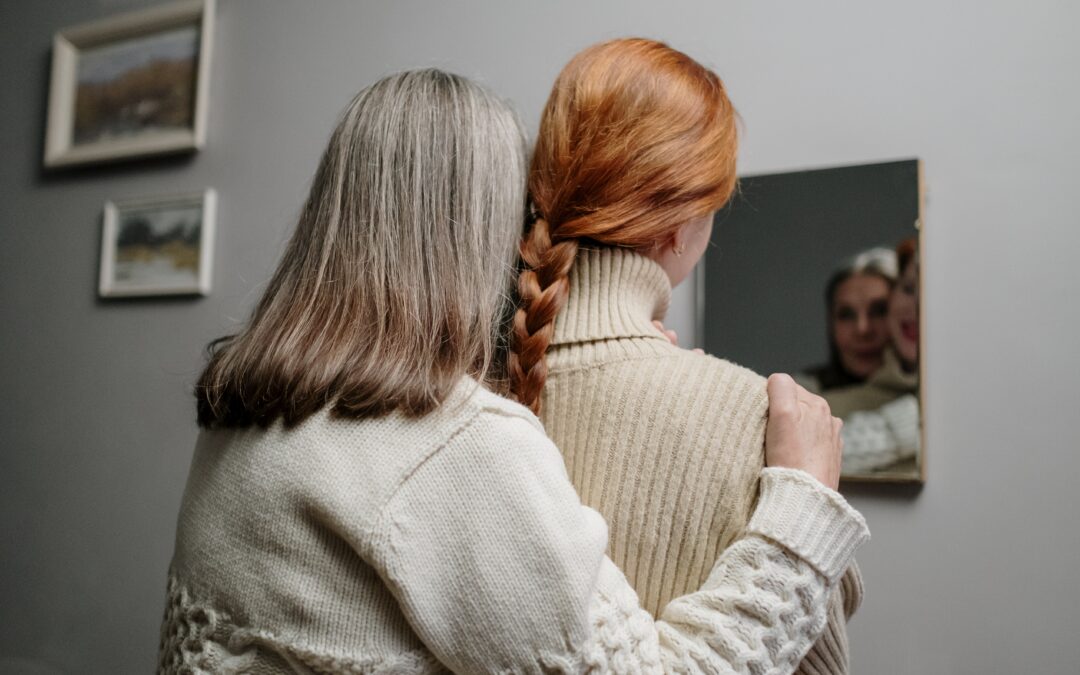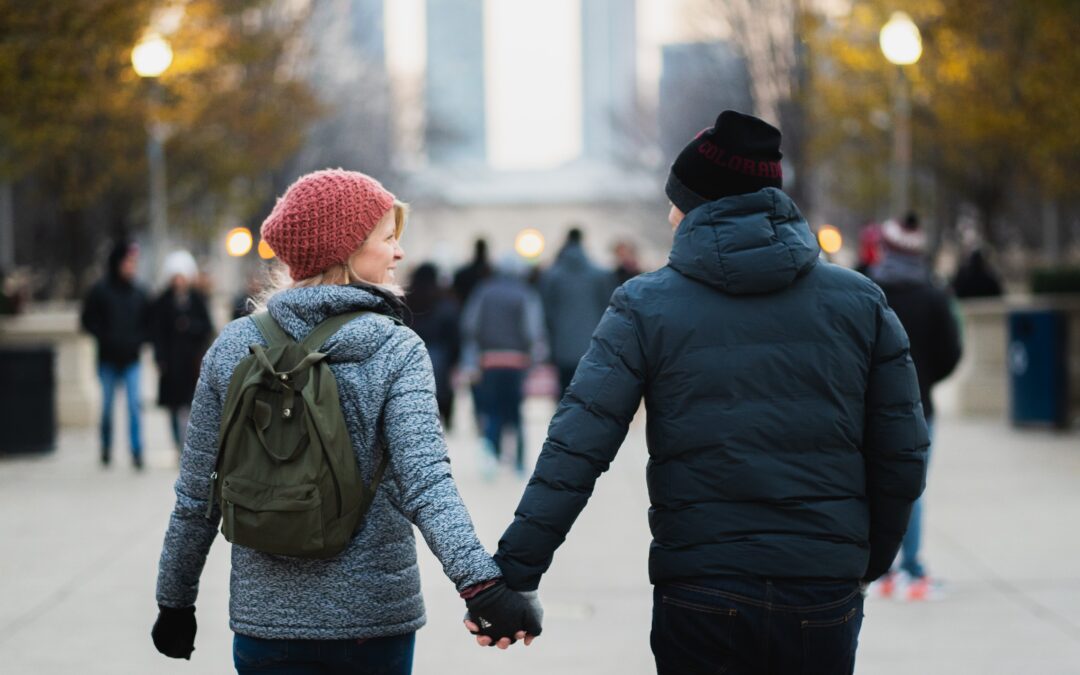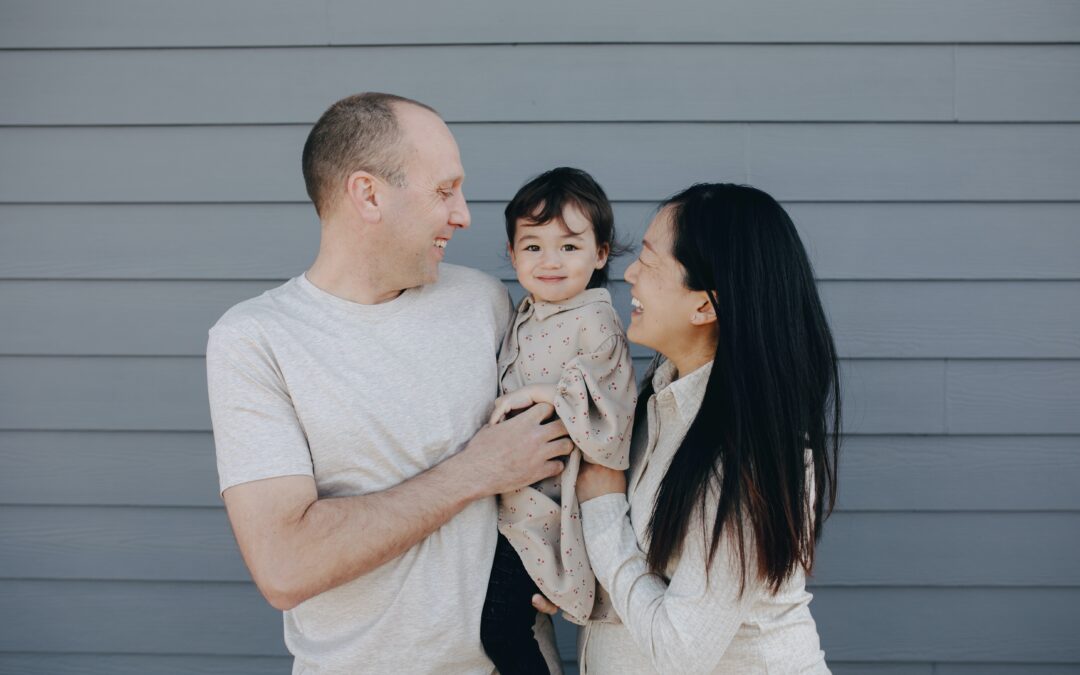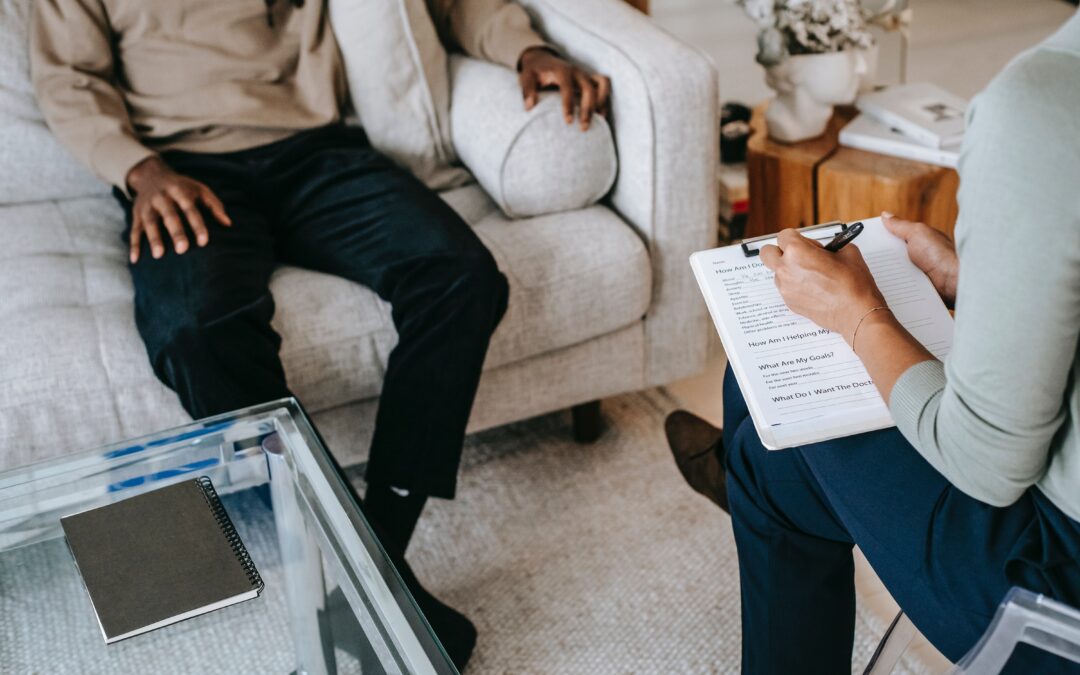Many are expressing their fear and anger following the decision to reverse Roe v. Wade. University students have been particularly vocal about their distrust of the Supreme Court, their anger at institutions for upholding “patriarchy,” and their worries about the fate of same-sex marriage and contraception. The reactions shared through op-eds and open letters point to a very valid fear on the part of young people that the reversal of Roe v. Wade will not just spell the end of a right to abortion, but also stifle women’s engagement in public life. Some reactions, however, have taken a performative turn – red capes and white bonnets in the style of the dystopian novel The Handmaid’s Tale, red paint splashed across women’s lower halves to represent their allegiance to abortion, verbal violence as well as physical hurled at anyone supportive of the decision. Though we’ve seen tactics like these employed by “woke” factions before, the extremity of these reactions warrant a closer look.
Literal Shaking and Crying
UnHerd writer Mary Harrington recently wrote a piece called “Fragile Students Just Need a Hug.” Far from a sarcastic jab at “snowflakes,” Harrington argues that we should take seriously the claims to trauma made by woke activists. While not everyone who advocates progressive political action experiences severe emotional dysregulation when confronted with conflict or dissent, the meme “literal shaking and crying” exists for a reason. Harrington cites a study which found a correlation between liberal progressive views and higher incidence of mental health difficulties. She cites this study not to say that progressive politics will make you crazy, but to investigate why proponents of wokeness seem to suffer such radical emotional dysregulation which has led to the stereotype of progressive activists “literal shaking and crying” in response to undesirable political outcomes and interactions. “All the behavioral tics characteristic of militant wokeism,” Harrington writes, “map startlingly onto common symptoms of pre-verbal trauma…consistent with symptoms displayed by children abused or neglected before they learned to talk.”
Insecure Attachment and Institutions
While attachment theory is still just a theory, research into infant attachment patterns with their primary caregiver has been highly influential in countless fields. It has helped criminologists better understand how infant and childhood relationships impact later criminal history, and it has helped clinical psychologists, understand the roots of mental health disorders. The post-Roe experience thus far has shown that many young people exhibit signs of secure attachments to help them cope with conflict and to coexist with those who make them uncomfortable. The modern world has failed us in this basic respect: children are coming to expect that institutions act with the spontaneity and personalism of parents. For a long time, parents have felt worn down by a lack of resources and strong social ties, and increasingly they have entrusted their children to institutions which can never substitute for maternal and paternal love.
A Generational Issue
Today’s youngest set has suffered a tremendous loss of personal and social enrichment that comes from tight-knit families and communities – leading them to demand “safety” from institutions other than the family. Having experienced the economic hardship, neighborhood violence, and political mayhem, they fear that reversing Roe v. Wade will make it harder for the poorest among us to survive. Their histrionic politics is the result of “an endemic state of maladjustment,” to borrow Harrington’s words, wherein insecure or disordered attachment causes emotional distress. Childcare for increasingly young babies, and inattentive institutional caregiving, has led to feelings of abandonment and emotional dysregulation after years of inadequate attention. Pro-life and pro-family people should appreciate the insight in Harrington’s thesis, understanding not only of the vacuum out of which some of their fellow citizens are drawn to radical politics, but the generations-long effort it will take to build up a culture that respects the family – and children within the family, born and unborn.

